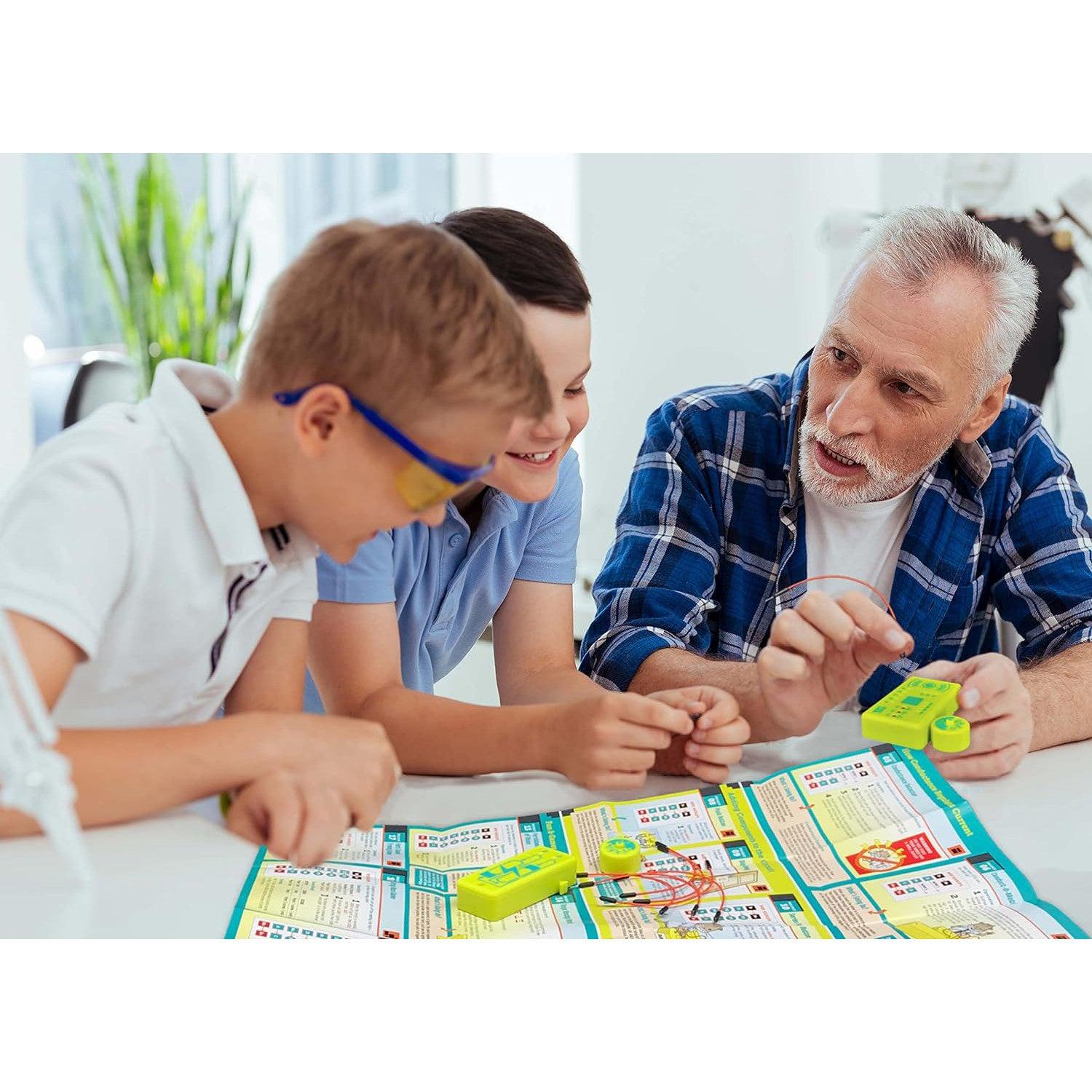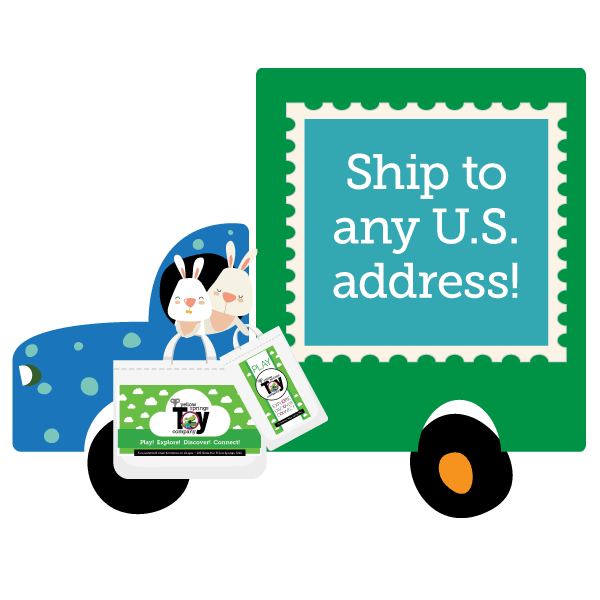As we gear up for the solar eclipse, it's crucial to prioritize safety during this awe-inspiring event.
With these optical safety tips, you can enjoy the magic of the cosmos without compromising the well-being of your eyes:
Eclipse Glasses:

- Invest in certified solar viewing glasses to directly observe the eclipse.
-
Look for the ISO certification label on the glasses to confirm that the glasses are safe for solar viewing. You need to know that they meet the ISO 12312-2 (sometimes written as ISO 12312-2:2015) international safety standard.Check the glasses for any scratches, defects or signs of damage.
-
BEWARE COUNTERFEIT GLASSES!: VIA Forbes: HOW TO AVOID COUNTERFEIT SOLAR PROTECTION GLASSES:
DIY Pinhole Projectors:
- Create a pinhole projector using simple materials like cardboard and aluminum foil.
- Safely project the solar image onto a surface, avoiding direct eye exposure to the sun.
Welder's Glass:
- Opt for a welder's glass with a minimum shade of 14 for direct solar viewing.
- Ensure the glass is free from cracks or damage that could compromise safety.
Solar Viewers for Telescopes and Binoculars:
- Use solar filters specifically designed for telescopes and binoculars.
- Double-check filter condition to prevent any wear or tear that might compromise safety.
Beware of Unsafe Methods:
- Avoid makeshift filters like CDs, DVDs, or smoked glass, as they don't provide adequate protection.
- Never use regular sunglasses, even if they're labeled as UV-resistant – they do not offer sufficient protection for solar viewing.
- Viewing any part of the bright Sun through a camera lens, binoculars, or a telescope without a special-purpose solar filter secured over the front of the optics will instantly cause severe eye injury.
Monitor Children and Pets:
- Supervise children and ensure they understand the importance of using proper eye protection.
- Keep pets indoors or under supervision, as they may be curious about the unusual lighting during an eclipse.
Take Breaks from Direct Viewing:
- Practice the 20-20-20 rule – every 20 minutes, take a 20-second break and look at something 20 feet away to prevent eye strain.
Be Mindful of Partial Phases:
- Remember that optical safety is crucial during all phases of a solar eclipse, not just totality.
- Use protective measures even when the sun is partially obscured.
Stay Informed:
- Check for updates on eclipse safety guidelines from reliable sources.
- Be aware of any specific recommendations for the particular eclipse you're witnessing.
Except during the brief total phase of a total solar eclipse, when the Moon completely blocks the Sun’s bright face, it is not safe to look directly at the Sun without specialized eye protection.




















